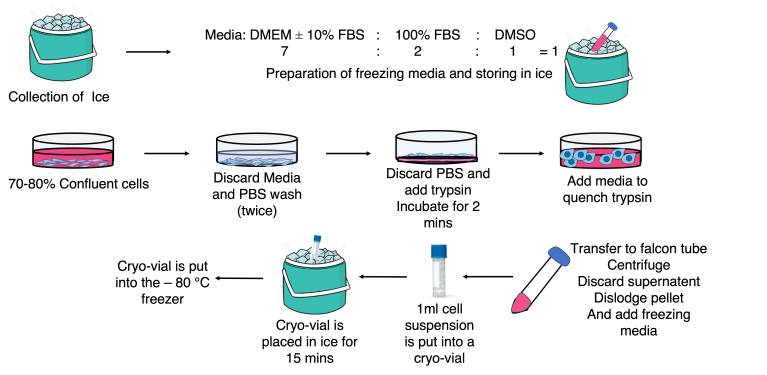My Work
Mathematical oncology
Envisaging cancer biology from a perspective of mathematics…
World health organization (WHO) has recognized cardiovascular diseases and cancer as one of the leading causes of death worldwide, with an emphasis that cancer continues to be one of the major causes of mortality. Cancer, to put it simply, can be comprehended as the expedition of human cells from a state of regularity and discipline to being anomalous and bizarre. This typically sets in by gaining or losing a myriad of functional capabilities that comprise of sustained proliferative signal, evading growth suppressors, activating invasion and metastasis, reprogramming cellular metabolism, and avoiding immune destruction, as summarized beautifully in a review article by Hanahan in 2022

There are some arguments put forward regarding the origin and treatment of this disease which state that the only way to enhance our understanding is by adding further layers of complexity to the scientific literature, that is already convoluted beyond measure. However, quoting the words of Dr. Robert A. Weinberg, a phenomenal scientist, and one of the pioneers in the field of cancer biology, from the seminal paper entitled, The Hallmarks of Cancer, 2000, “One day, we imagine that cancer biology and treatment – at present, a patchwork quilt of cell biology, genetics, histopathology, biochemistry, immunology and pharmacology – will become a science with a conceptual structure and logical coherence that rivals that of chemistry or physics”. Almost a decade later, in 2008, the Integrated Mathematical Oncology (IMO) department was established by Dr. Alexander R.A. Anderson in the Moffitt Cancer Center, United States. IMO aims at bridging the gap between mathematicians and cancer biologists by enabling the mathematicians to understand the biology and build useful models, and empowering cancer biologists to frame experiments aided by quantitative mathematical models. It is becoming increasingly evident that IMO encompasses not only cancer biologists, physicists and mathematicians but also it requires the assistance and skills of surgical and clinical oncologists, pathologists, preclinical and clinical imaging, data analysis and computer visualization scientists. The IISc Mathematics Initiative (IMI) fuels into such an interdisciplinary approach to addressing biological questions
Experimental facility
All experiments are being undertaken in the laboratory of my research supervisor, Dr. Annapoorni Rangarajan, located at Department of Molecular, Reproduction, Genetics, and Development (MRDG), Division of Biological Sciences, IISc



PhD project title
Experimentally-driven mathematical modeling to study the effect of hyperglycemia in breast cancer metastasis
Experiments and mathematical Skills
6. Mathematical modeling skills acquired so far
To begin the understanding of cancer biology from a mathematical angle, a course project was carried out in the subject ‘Disease modeling’, under the guidance of Prof. K. Venkatesh, IIT Bombay. This course project involved reading and deciphering a classic paper, entitled “Elucidating cancer metabolic plasticity by coupling gene regulation with metabolic pathways” written by Jia et al., in the year 2019, and utilize the model and equations shared in the paper to embark my adventure to amalgamate biology and mathematics. MATLAB was used to write the code. The generic equation used, and a few graphs obtained in the study are shown below
Equations and results
where gx and kx represent the basal production and degradation rates of component x and f1 and f2 are two functions representing the regulation of x’s production and degradation due to the cross-talk between x and other components.
References :
- Anderson, A.R. and Quaranta, V., 2008. Integrative mathematical oncology. Nature Reviews Cancer, 8(3), pp.227-234
- Hanahan, D. and Weinberg, R.A., 2000. The hallmarks of cancer. cell, 100(1), pp.57-70
- Hanahan, D., 2022. Hallmarks of Cancer: New Dimensions. Cancer Discovery, 12(1), pp.31-46
- Jia, D., Lu, M., Jung, K.H., Park, J.H., Yu, L., Onuchic, J.N., Kaipparettu, B.A. and Levine, H., 2019. Elucidating cancer metabolic plasticity by coupling gene regulation with metabolic pathways. Proceedings of the National Academy of Sciences, 116(9), pp.3909-3918





